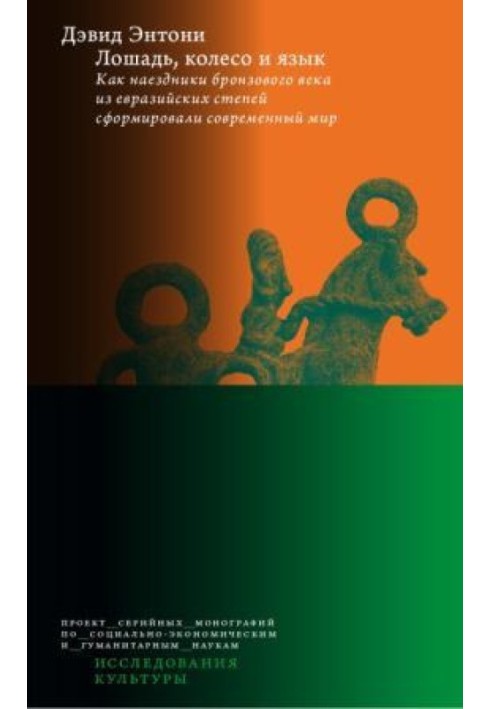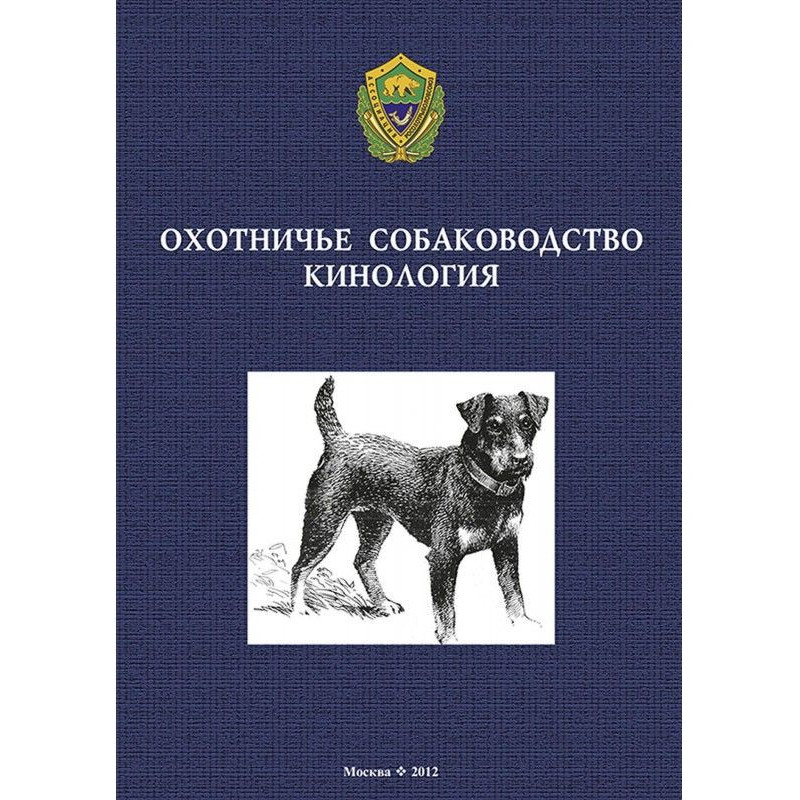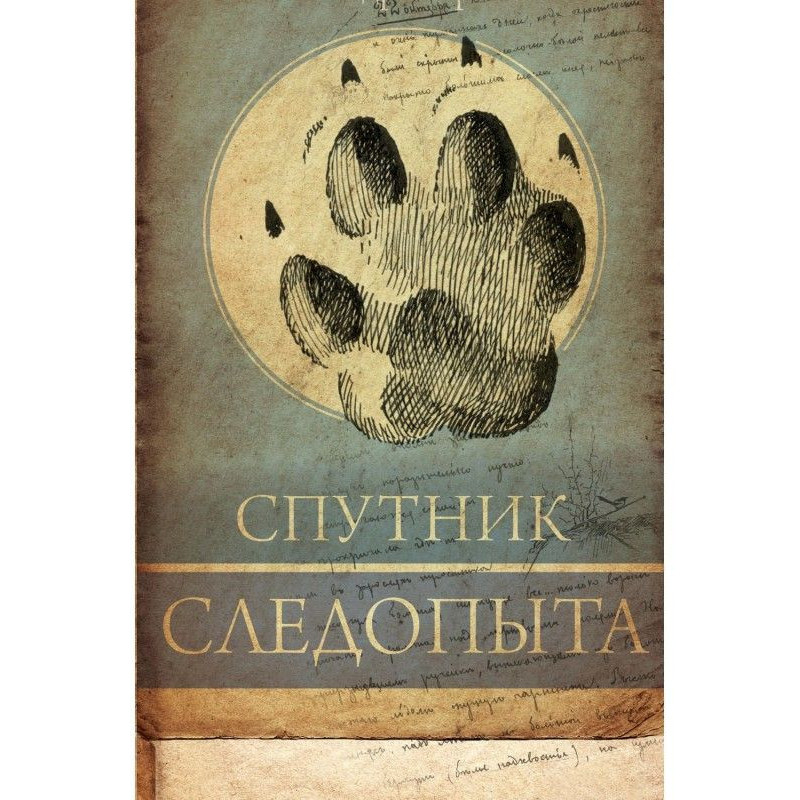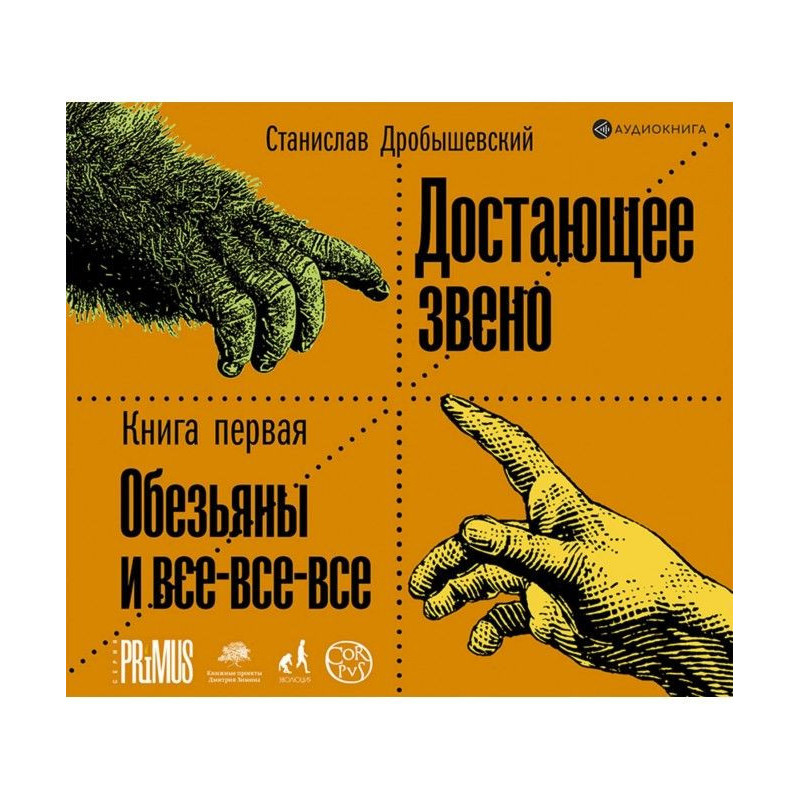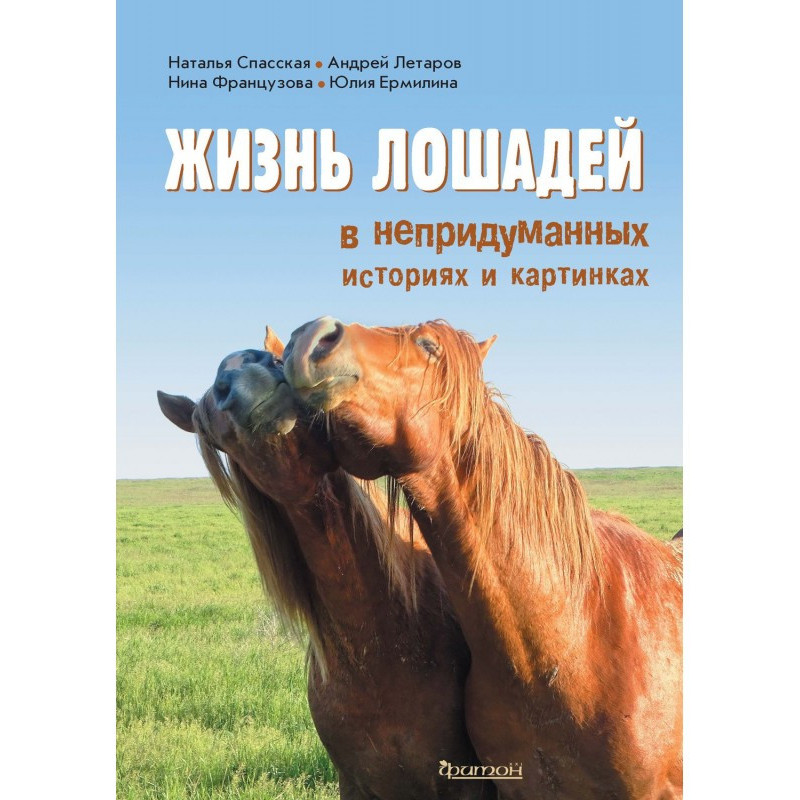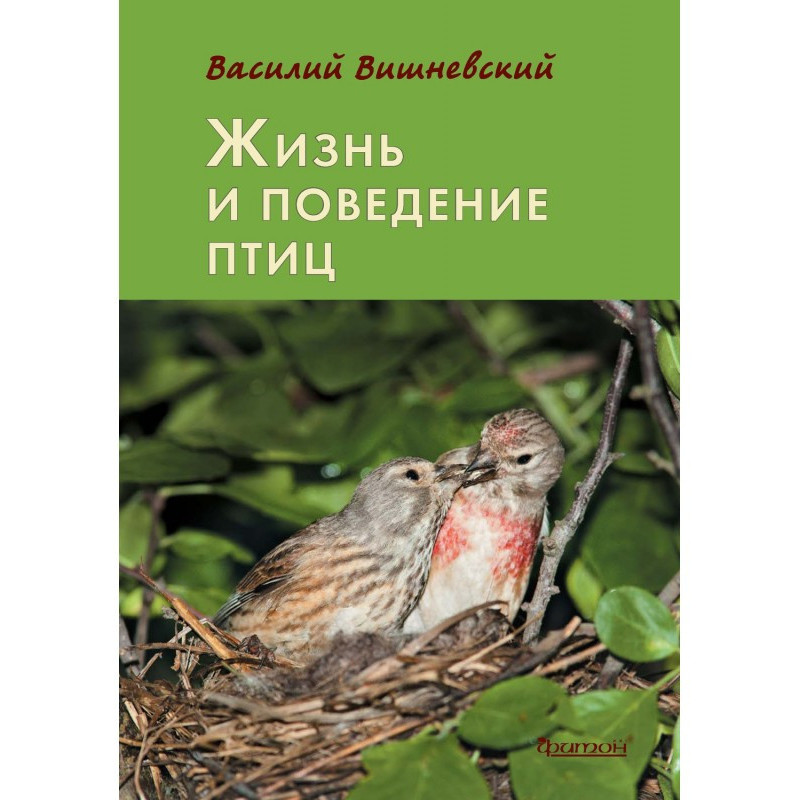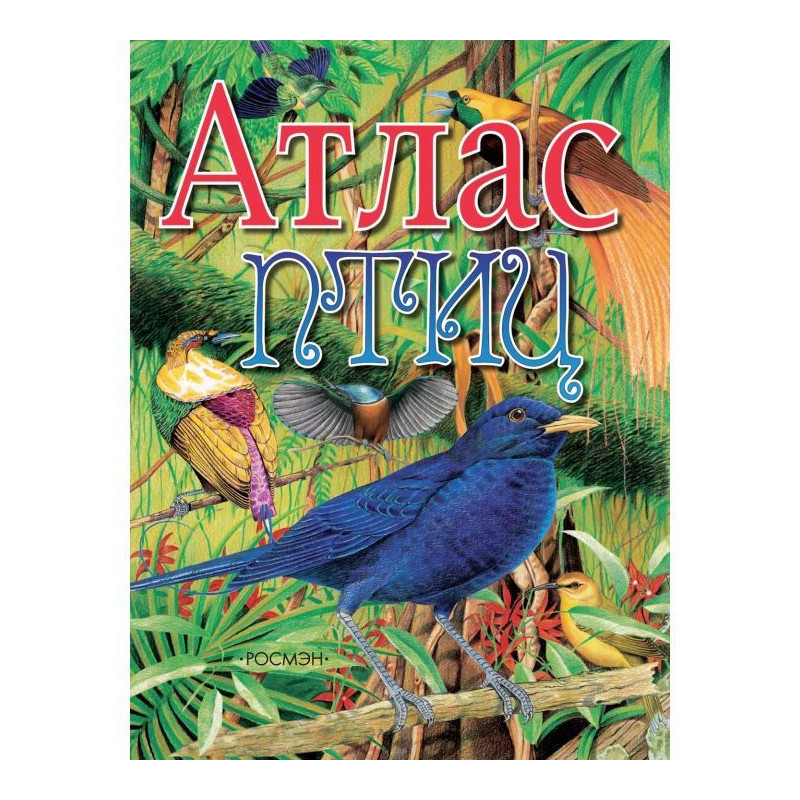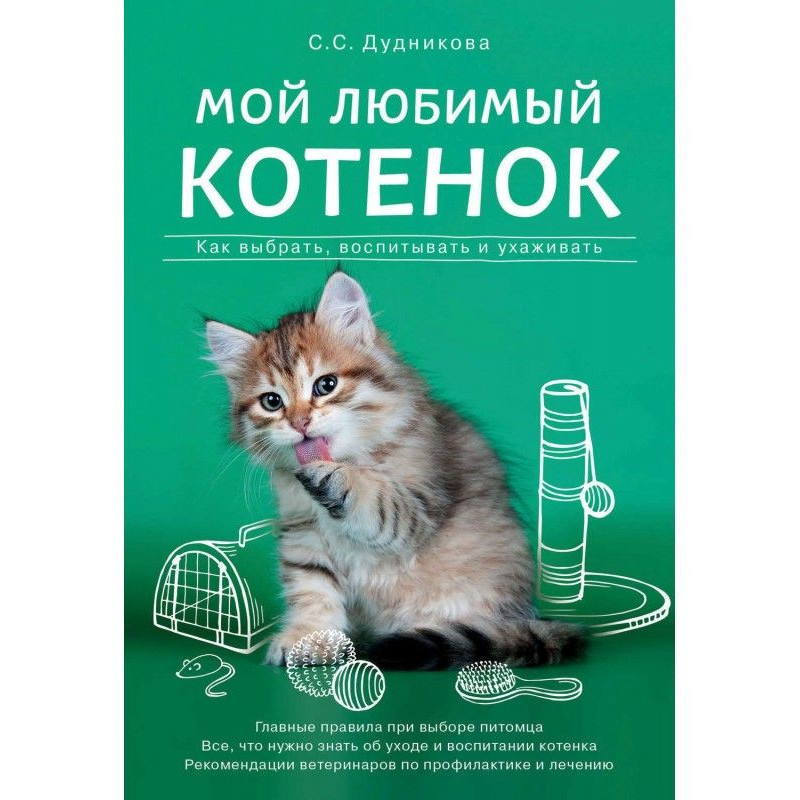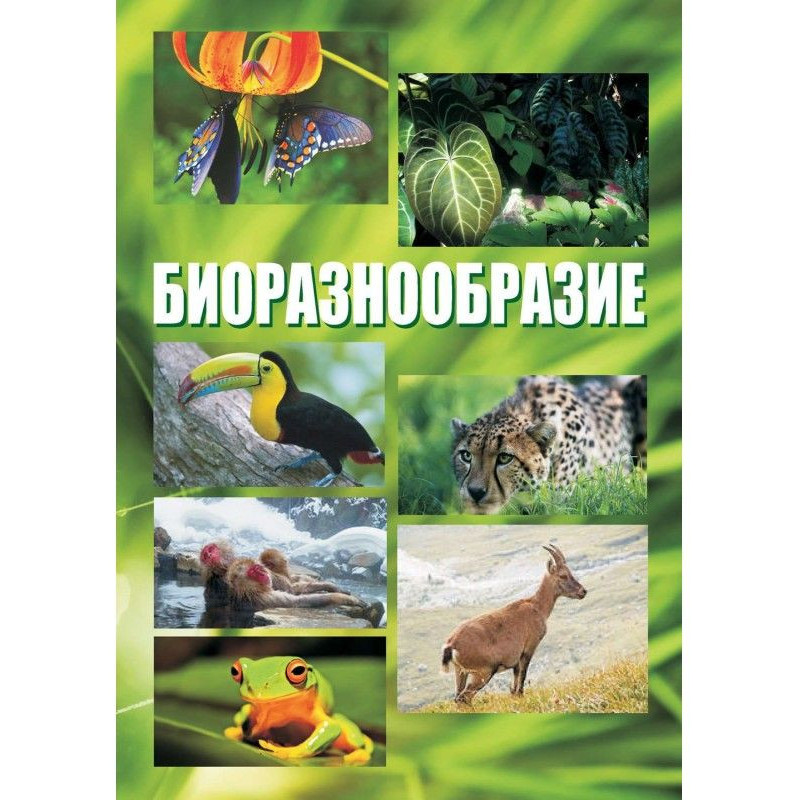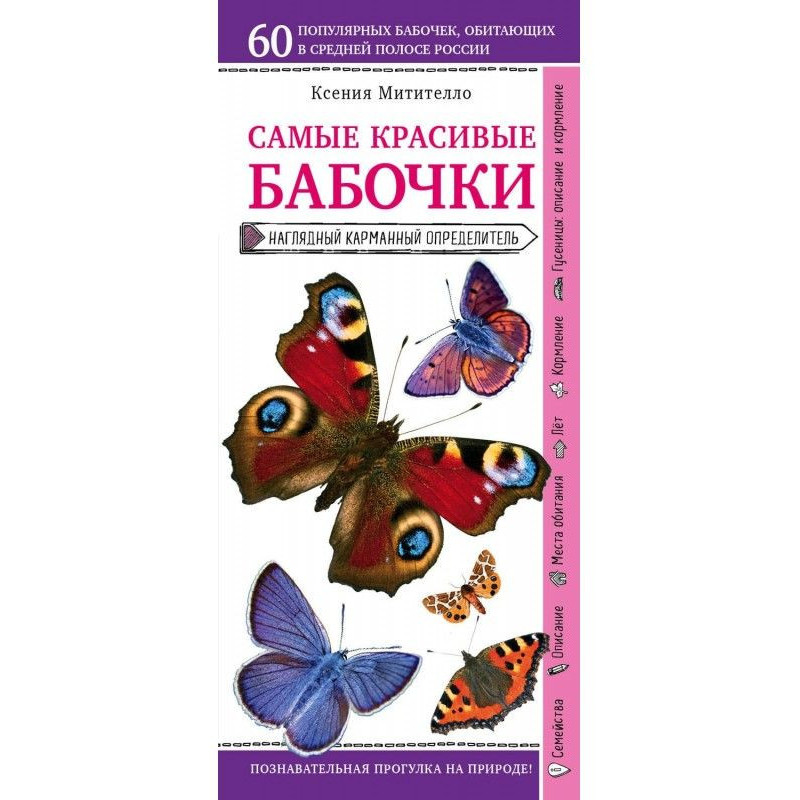Horse, wheel and tongue. How Bronze Age Riders from the Eurasian Steppes Shaped the Modern World
 Instant download
Instant download
after payment (24/7)
 Wide range of formats
Wide range of formats
(for all gadgets)
 Full book
Full book
(including for Apple and Android)
Approximately half of the world's population speaks languages that trace their origins to a common ancestor - the Proto-Indo-European language. But who were the speakers of this ancient dialect and how did they manage to spread across the globe? Until recently, their identity remained a mystery to linguists and archaeologists. The Horse, the Wheel and the Language tells how the domestication of the horse and the use of the wheel by the early Indo-Europeans contributed to the spread of their language and transformed civilization. Linking archaeological finds to the development of language, David Anthony argues that the speakers of Proto-Indo-European were the steppe tribes of ancient Central Eurasia, whose innovations in the use of oxcarts, horse riding, and war chariots transformed the Eurasian steppe into a thriving transcontinental corridor of trade and cultural exchange. He explains how the steppe people spread their traditions and achieved significant success in copper mining, warfare, and the formation of the political institution of the clientele. The Horse, the Wheel and the Tongue solves the mystery of the origin of the Indo-European languages that has puzzled scholars for two centuries, and reconstructs a vibrant and influential civilization of antiquity.
Data sheet
- Name of the Author
- Дэвид Энтони У.
- Language
- Russian
- Translator
- Андрей Николаевич Фоменко
Reviews
Цінний внесок у розуміння історії
Книга "Кінь, колесо та язик" є важливим внеском у вивчення історії та мовознавства. Автор детально описує, як технологічні інновації вплинули на розвиток суспільств і культур. Я був вражений, як одомашнення коня та використання колісних возів стали каталізаторами для культурного обміну та торгівлі між різними народами. Ця книга відкриває нові горизонти для розуміння того, як давні цивілізації взаємодіяли між собою і як їхній вплив відчувається й сьогодні. Рекомендую всім, хто цікавиться історією людства
Неймовірно захоплююча
Книга "Кінь, колесо та язик" вразила мене своєю глибиною та обсягом дослідження. Я ніколи не думав, що одомашнення коня могло настільки змінити хід історії. Автор вміло поєднує факти з різних галузей знань, створюючи цілісну картину того, як індоєвропейці поширили свою мову та культуру. Ця книга стала для мене справжнім джерелом натхнення, і я обов'язково рекомендую її всім, хто хоче дізнатися більше про наші корені
Досить складна, але цікава
Хоча книга "Кінь, колесо та язик" містить багато цінної інформації, вона може бути важкою для сприйняття. Автор використовує складну термінологію та наукові концепції, що може відштовхнути читачів, які не мають глибоких знань у лінгвістиці або археології. Проте, якщо ви готові подолати ці труднощі, ви знайдете безліч цікавих фактів про давні цивілізації та їхній вплив на сучасний світ. Я б рекомендував цю книгу тим, хто має терпіння і бажання вникати в деталі
Не зовсім те, що очікував
Хоча я сподівався на більш легке читання, "Кінь, колесо та язик" виявилася досить науковою та складною. Я очікував більше історичних оповідей та менше наукових термінів. Книга містить багато корисної інформації, але іноді важко зрозуміти, як все це пов'язано між собою. Якщо ви не є спеціалістом у цій галузі, можливо, вам буде важко сприймати матеріал. Я б рекомендував цю книгу лише тим, хто дійсно цікавиться лінгвістикою та історією
Вражаюче дослідження історії та мови
Книга "Кінь, колесо та язик" стала для мене справжнім відкриттям у світі історії та лінгвістики. Автор майстерно поєднує археологічні дані з лінгвістичними дослідженнями, що дозволяє читачеві заглибитися в таємниці давніх цивілізацій. Я був вражений, як одомашнення коня та винахід колеса вплинули на розвиток людства. Ця книга не лише розповідає про минуле, але й показує, як ці події сформували сучасний світ. Я рекомендую цю книгу всім, хто цікавиться історією, мовами та культурою

